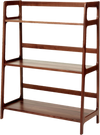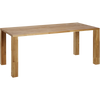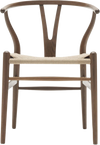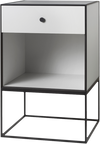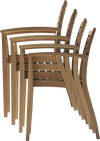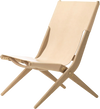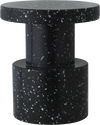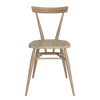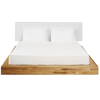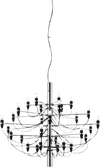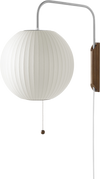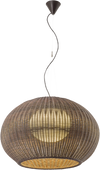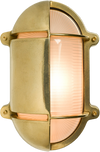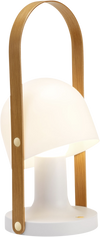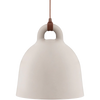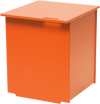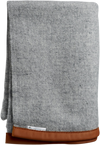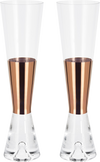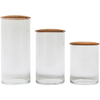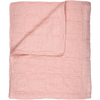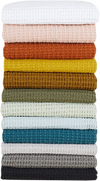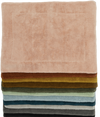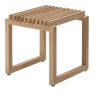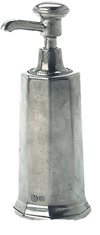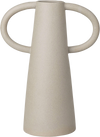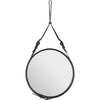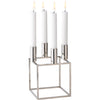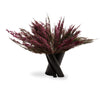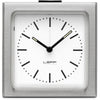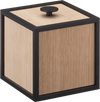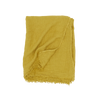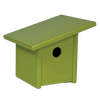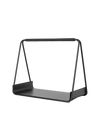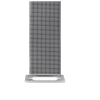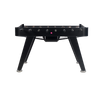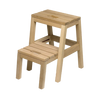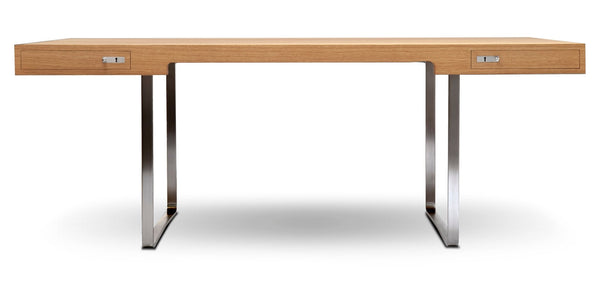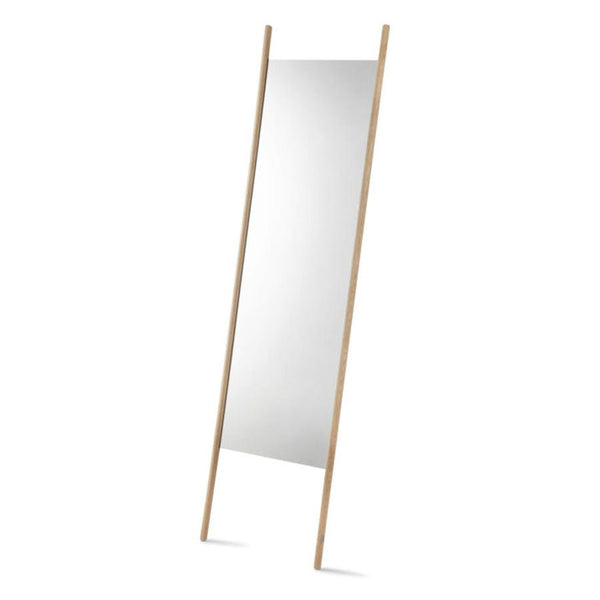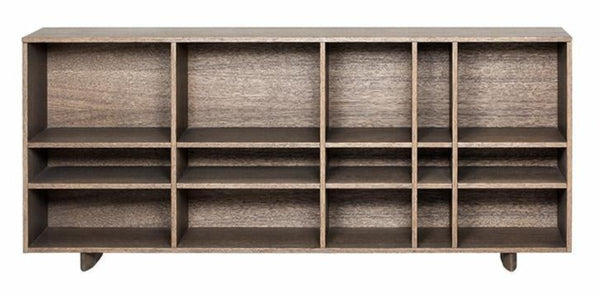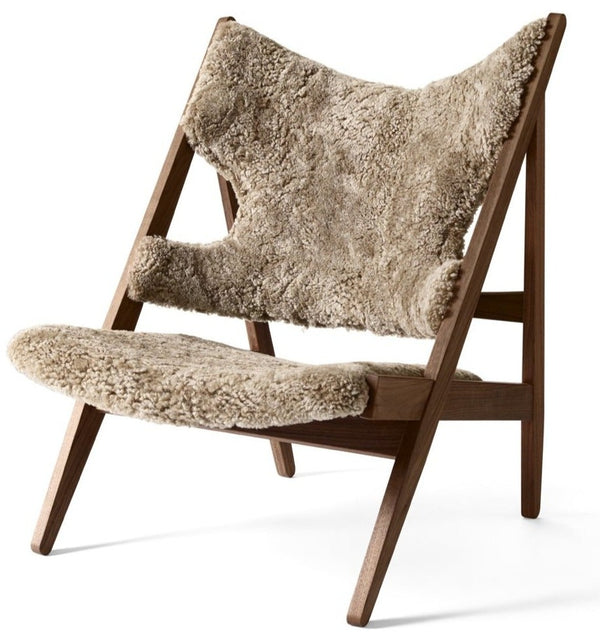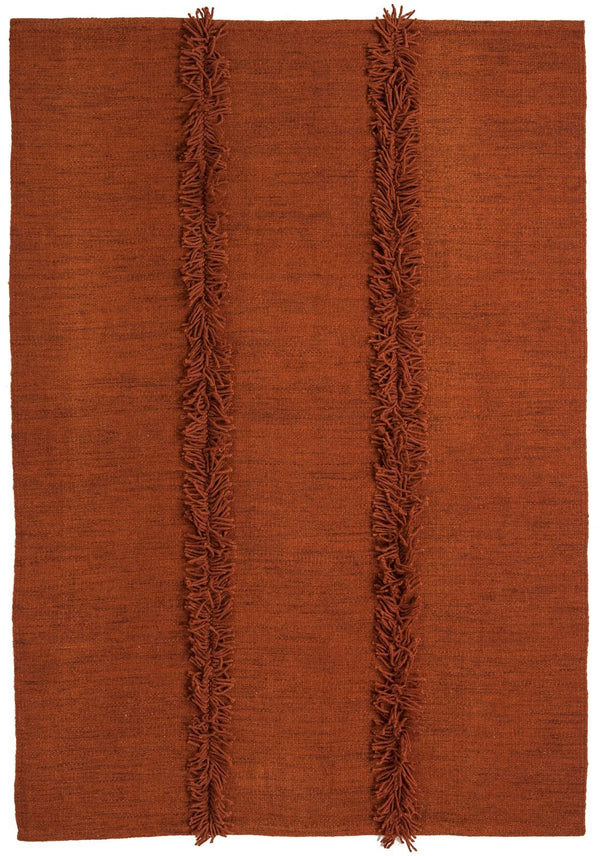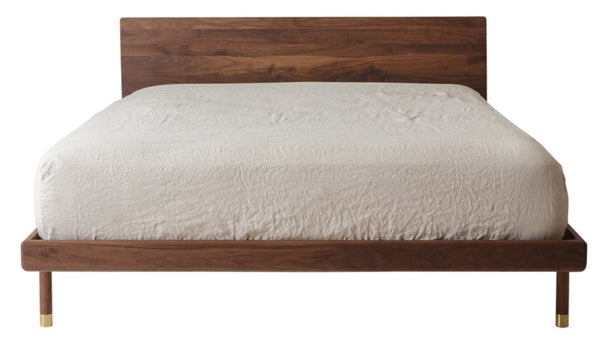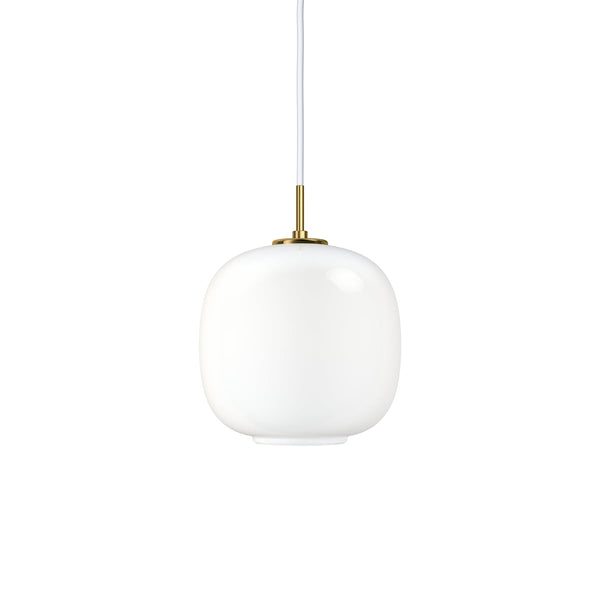The Functionality of Scandinavian Minimalism
With an astute appreciation for simplicity and openness, Scandinavian design captures the spirit of Hygge: The Nordic tradition of finding comfort in living simply.

In doing so, Scandinavian design prioritizes neutral tones, elements of nature, modest silhouettes, and clean lines. The resulting Scandinavian design style then takes shape through honest explorations of nature and a dedication to the idea that less is more. This is perfectly exemplified by the Sheepskin Lounge Chair and it's inventive design. New and old, the Scandinavian minimalist designs we know today effortlessly integrate functionality into beautiful, timeless pieces that remain some of the most desirable furnishings for modern households.
For more than a hundred years, Scandinavian design’s minimalist functionality has captured the hearts and defined the lifestyles of design devotees the world over. It has survived every artistic era and has never lost its core purpose: functional interior design.
Defining Scandinavian Design
While often used interchangeably, Scandinavian and Nordic design differ primarily in their areas of origin. “Nordic” refers to a broad collection of countries. “Scandinavian” refers specifically to the traditions and techniques of Denmark, Norway, and Sweden. Nordic spaces are more likely to utilize aspects of minimalism in a straightforward style, while Scandinavian spaces emulate the coziness and warmth of the Hygge practice.
Scandinavian design focuses on creating inviting spaces that translate the organic flow and details of nature. Pieces like the Louis Poulsen Radiohus Pendant perfectly embody straightforward lines, soft aesthetics, smooth surfaces, light decoration, and open, uncluttered spaces. Minimalism is a part of the Scandinavian tradition, but only as it intertwines and elevates the Hygge aesthetic. Another great hallmark of Scandinavian design is its emphasis on eco-friendly materials and nature-conscious production and shipping practices.
The majority of Scandinavian workshops and design houses very proudly institute recycling programs, oppose throw-away culture, and utilize “green” materials such as FSC certified wood.
What is the Difference Between Minimalist and Scandinavian Design?
The Minimalist trend that began in the 1960s (and still flourishes today) is design distilled to its most essential parts. Many Minimalist tables and dressers have simple shapes, few details, and muted color palettes. The Minimalist movement addresses the challenge to incorporate style with as little embellishment as possible. This conscious artistic choice is exemplified by the sophisticated and well-crafted CH110 Desk from Carl Hansen & Søn.

With an appreciation for nature, Scandinavian designs opt for a warmer approach and details which add character. The natural grace of wood, a wider range of material usage, and the more sculptural shapes of Scandinavian design stand in contrast to Minimalism’s stricter adherence to straight lines, steels, and coppers.
While Minimalism has its roots in the spiritual notions of simplicity, Scandinavian focuses on functional interior design and the relationship between the piece and its environment.
Scandinavian Design in the 21st Century
Over the last century, Scandinavian design has held firmly to its original principles and the traditions of its origins. In the modern age, a greater emphasis has been placed on conservation. Newer technology has allowed for better production practices, and other cultural influences have been integrated into designs.
The harmony and softness of Scandinavian furnishings have endeared them to generation after generation. Modern homes and apartments of all sizes adopt the brightness of clean, functional, and uncluttered spaces that Scandinavian furniture offers.

Creating the Scandinavian Look at Home
The best way to welcome the Scandinavian design aesthetic and Hygge lifestyle into a home is to simplify – whether that’s by pairing down the amount of furniture in a room, organizing clutter, or adopting a shelving or storage system that works visually and organizationally. Display objects and furniture that is needed and enjoyed most for a lighter, calmer environment.
Allow as much natural light in as possible, and utilize color theory to brighten every corner of the home. Arrange and design every room so it feels open by using multi-purpose pieces that save room and create restful spaces. Explore Horne's options for minimalist chairs, floor lamps, bedside tables and more.
Incorporate coziness with shag textures, animal skins, muted colors, and organic shapes and materials. Use vibrant colors minimally, and make sure every item has a purpose or evokes the energy intended for the room.
Shop Horne’s collection of Scandinavian home furnishings for more functional interior design inspiration.


















